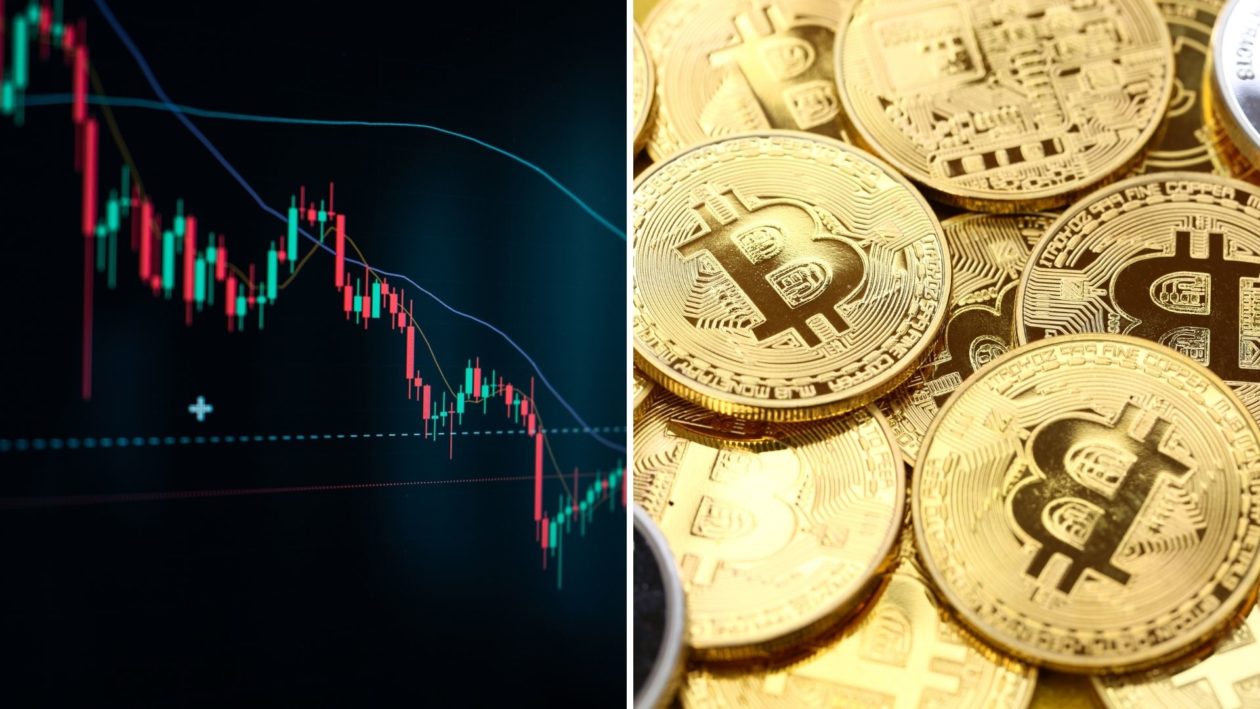TerraUSD (UST), the algorithmic stablecoin project backed by Terraform Labs PTE Ltd., lost its U.S. dollar peg for the second time in two days, undermining trust in the pioneering blockchain network’s ability to build purely algorithmic stablecoins for e-commerce.
The stablecoin’s price fell as low as US$0.6841 in Asia, according to CoinMarketCap.
With Terra using LUNA as collateral to keep the UST pegged to the greenback, the token’s market capitalization fell below that of the stablecoin, undermining the credibility of the project.
Dubbed “Alipay on the blockchain,” Terra seeks to offer programmable money that’s easy to spend, with low fees, instant settlements and utility for cross-border transactions. Its interface more closely resembles a mainstream fintech platform than a stablecoin network, despite the fact that its inner workings involve blockchain technology and cryptocurrency.
“LUNA, the UST algorithmic stablecoin, has come under a lot of pressure; its mechanism has not stood up to the tests of volatility,” Kraken’s Jonathon Miller told Forkast. “As a stablecoin, it would be challenging to say you would prefer that over some other coins that haven’t lost their peg,” the managing director of the crypto exchange for Australia added.
Easy come, easy go
LUNA’s turn of fate came after the eighth-largest cryptocurrency by market capitalization reached a new all-time high of US$106.14 on March 29, after Terraform Labs founder and CEO Do Kwon told Bloomberg that the company bought Bitcoin worth US$135 million to back the ecosystem’s stablecoins.
See related article: Terra’s US$10 billion Bitcoin Bet Sends LUNA to Record High
The acquisition was part of Terra’s ambitious plans to buy up to US$10 billion worth of Bitcoin, and transition from an algorithmic stablecoin to a Bitcoin-backed stablecoin.
Terraform Labs (TFL) and the Luna Foundation Guard (LFG), the non-profit behind the Terra ecosystem, also acquired US$200 million worth of Avalanche’s AVAX tokens, diversifying its UST reserves beyond Bitcoin.
The foundation pledged to lend US$750 million worth of Bitcoin to trading firms to shore up the peg with another US$750 million in UST to buy BTC and help normalize the market.
The project’s founder, Do Kwon, tweeted that the move should be seen as increasing the liquidity around the UST peg. LFG will likely buy more BTC if UST expands from here, which the stablecoin’s backers think is the more likely outcome, Kwon said.
The peg was likely breached because of the large quantities of UST withdrawn from liquidity pools on decentralized exchange Curve, according to media reports.
This came as more than US$1.1 billion had been liquidated from crypto exchanges in the past 24 hours at the time of publishing, according to crypto data aggregation site Coinglass. The majority of the liquidations were long positions, data showed.
The decline in cryptocurrencies mirrored those of the wider market.Stocks in Asia fell to their lowest in nearly two years before paring losses.
Antipodean markets were down with the ASX slumping 2.4% and the NZX50 down 1.3%. In Tokyo, the Nikkei closed down 0.6% with the Hang Seng index lower by 1.8%.
Overnight, the S&P 500 ended down 3.2% with the NASDAQ Composite losing 4.3%. The Dow Jones Industrial Average ended 2% lower.
Bitcoin briefly fell below the US$30,000 mark for the first time since July last year, losing more than half its value since an all-time high of US$69,000 in November. The overnight drop of more than 11% was the world’s biggest cryptocurrency’s biggest daily drop since May 2021, according to Reuters. Ethereum similarly slid before recovering to US$2,385 at press time, according to CoinMarketCap.
“[Investors are] aware of the past few months of pain, in macro markets and crypto markets,” said Justin d’Anethan, Institutional Sales Director at Amber Group. “With inflation picking up, actual and projected rate hikes, quantitative tightening and geopolitical tensions, investors scurried away from risk assets and to the presumed safety of cash.”
UST’s hottest fire
Despite the recent downturn, Kraken’s Miller said there were still positives to be found for the crypto industry at the moment; from growing adoption rates and technological developments on Bitcoin and the continuing expansion of use cases for NFTs as the industry moves into GameFi and the metaverse.
“There’s a building phase going on right now and that the markets have been flat in a time of high inflation is actually really positive,” said Miller, acknowledging that has the caveat of the red market of the past few days. “But I would expect there’s going to be a rebuild and buy back in around these levels as well.”
Amber’s D’Anethan opined the event would make UST more resilient.
LFG has spent almost US$4 billion worth of its crypto holdings in attempting to stabilize the token’s price, a Forkast analysis showed.
That has in turn had positive results with the UST recovering to US$0.9148 at press time.
“The resources available are pretty massive and it’s probable that the situation will get resolved, faith in the stablecoin mechanism will come back, [and] buyers will be happy to get LUNA tokens at discounted price,” D’Anethan said without defining a specific time frame.
However, selling such large quantities of Bitcoin into the market all at once may also have contributed to the cryptocurrency’s price downturn, d’Anethan added.
To be sure, that was not the plan.
Just a few days back, Terra’s Kwon tweeted they were only buying Bitcoin.

